Soul Cage
Introduction
There are worse things than dying.
Worse is the moment you claw your way back up through the soil with a name half-rotten on your tongue and memory warped into hunger. Worse is the weeping that greets you; not from joy, but from the grief of seeing what you’ve become.
One of the most insidious truths revealed after the Cataclysm is this: the dead rarely stay that way.
They rise.
Sometimes after days. Sometimes weeks.
Slower than rot, their eyes pale and empty, their appetite for flesh louder than mourning.
The Spine Cage was born to ease this terror. A semi-mechanical magical device, forged not as an act of vengeance, but of mercy twisted into wire.
It does not destroy the soul; it cages it. Hooks it into the spine like a final breath, made permanent.
The body cannot rise.
The soul cannot leave.
Some call it salvation.
Others call it cruelty.
Whatever it is, the world feels a little safer for it.
A Solution of Mercy
The Restless Dead
The term was used almost universally and in a way, it was comforting. Language has this ability, and the word itself was already known. Familiar.
Yet the truth is, the word is wrong.
The restless dead are not products of a virus. No necromantic curse animates their limbs. The posthumous awakenings are a consequence of the new world: a spiritual failure, a mutation of grief.
After the Cataclysm, death - like reality - fractured.
The dead began to stir, days or weeks after burial. They came back hollow, eyes vacant, driven by reflexes shaped not by grief, bitterness, and fear. These awakenings are echoes of wrongness returning as corpses that still remembered how to move, even if they no longer knew why.
Survivors discovered soon that cremation would stop the body from rising. Yet, this course of action did nothing to spare the soul. Without the anchor of flesh, souls were swept into the spirit tides, fragments drifting through the broken Veil. Most were lost. Some screamed in eternal agony. Some returned, twisted and vile.
The Spine Cage arrived as the answer to both.
This magical technology prevents the corpse from rising, because the soul is still within it, and whatever force reanimates the dead cannot manipulate a vessel still inhabited. On the same time, it prevents the soul from drifting, because it is caged, unable to flee into the maelstrom of the afterlife.
It is, by design, a form of mercy. A cruel one.
A final kindness wrapped in lead and sigils.
Functionality
“There are two deaths now. The first is the body. The second is the soul. We made the Spine Cage to stop both.”
The Spine Cage is a small, lead plate, no larger than a coin, engraved with spirit-binding glyphs; magical symbols older than written language and understood only by mages versed in Spirit magic. The plate is implanted while the host is still alive, either at the base of the neck or the tailbone. The process is invasive but not lethal, and the device remains dormant until the host draws their last breath.
Upon death, the glyphs ignite. An arcane pulse releases a shroud of energy that coils invisibly around the individual's spine, anchoring to it, like a tender silk cocoon around grief. This is not a metaphor. The cage is real, though no eye can see it. The soul, in that instant, is caught within.
With the Soul Cage’s binding, the rising stops before it begins.
The body cannot stir.
The soul cannot escape.
Most crucially, neither can be twisted or transform.
Forged in Mourning
The first Spine Cage was not built in a lab, but in a workshop barely held together by resolve, nestled in the ruins of southern France. Survivors call the settlement there Cinderhollow, though its name was likely something else once; before fire devoured the signs and silence claimed the truth of maps.
Nearly twenty years after the Cataclysm, a dying spirit mage named Louise Marane joined with a small band of mortal survivors; scientists and engineers hardened by ruin. Together, they faced a problem no one else could solve: not how to kill the dead, but how to keep them from returning.
Their answer was a cage.
Louise - attuned to the Spirit Pillar for decades before the war - knew of symbols, glyphs, and patterns that could shape death and life. What she sought was a way to make these forces function without a mage's hand. The engineers brought knowledge of pressure, containment, and the strange ways certain materials bent to magic in this broken world.
What they built was simple in form but impossible in essence.
Materials & Components
- Lead Plate
A thin, dull metal plate shaped to rest at the nape or tailbone. Lead was chosen not for purity, but for its ability to mute magic, absorbing the chaos that might otherwise rupture the soul. It serves as the cage’s frame and its silence.
- Veilglass Shard
A sliver of materialized Veil; rare, semi-translucent, and often warm to the touch. Veilglass acts as a resonant core, attuned to spiritual frequencies. It anchors the soul like frost anchors breath on glass.
- Inscribed Glyphs
Carved directly upon the plate, these symbols are in essence, simplified magic reduced to signs that even a non-mage can inscribe to shape power. They are sealed with an alchemical ink, forged from:
- Crushed bone dust (symbol of mortality)
- Distilled marrow (to bind body and spirit)
- Blood, preferably the wearer’s (to mark identity)
The First Cage
The first functioning prototype was tested on Louise Marane herself. She knew she was dying. They say she smiled with her last breath as the lead cooled and the glyphs hardened around her spine.
They laid her to rest at the heart of Cinderhollow, beneath cold stone and heavy earth. She did not rise. More importantly, she did not scream. The winds stayed still, and her soul remained bound within flesh and bone.
Her team called the effort a success and raised a monument in her honor.
And the work she began was carried forth; blueprints scattered like sacred texts among settlements. Some copied the cage faithfully. Others carved new symbols, weaving their own truths into the design.
But all who sleep in silence owe their stillness to the first cage.
And to the woman who gave herself to fill it.
The Ethics of Containment
Some say the cage is kindness; a mercy to trap a soul in flesh rather than let it drift into torment or rise as something monstrous. But kindness is rarely clean in this broken world.
The cage offers not peace, nor protection. It offers control.
Many spirit mages argue that caging a soul within its own corpse is a violation of sacred cycles. Death, they say, was meant to be a threshold, not a lock. Others warn that any soul left unbound risks possession, corruption, or worse: awakening.
For the grieving, the lines blur.
Some bear the cage with solemn love. Others do so in secret, too afraid to face the dead as they truly are. Whispers tell of cages placed on children, soon after birth. Others still are forced to wear it; branded for security, not salvation.
Among the mortals, there is no consensus. Only the growing, gnawing silence of voices buried beneath the soil.
Cultural Impact & Superstition
The invention of the Spine-Cage changed more than death: it changed mourning.
Graves are now marked not only with names, but with sigils indicating a caged soul. Some settlements host mourning bells; small bone chimes placed over graves that ring softly if the soul stirs. Not all who hear them report it.
Superstition has flourished. In some regions, it is believed that failing to bury a caged body within three days will cause the soul to rot inside, warping into a grave-wraith; an entity neither risen nor departed, but still thinking and consumed by anger.
In more fearful circles, caged corpses are not mourned, they are not even tolerated. Burned bodies are considered clean. Buried bodies, on the other hand, no matter their state are danger lurking for a moment to devour the living.
To cage a soul is to tame a terror, but also to feed another.
Risks & Limitations
The device introduces foreign metals, unstable magic, and binding glyphs into the living body; none of which were ever meant to coexist. lead can corrupt the blood over time, especially in those with weakened marrow or prolonged exposure to Wyld Surges. Glyph misfires, though uncommon, can cause the cage to activate prematurely, briefly stunning the host or triggering hallucinations drawn from the edge of the Veil.
More troubling are the failures that occur after death. A misaligned plate or a symbol carved improperly are the most common reasons. When this happens, the cage may falter, trapping only fragments of the soul. The result is neither stillness nor awakening, but something in between. These false deaths have been recorded, but never officially acknowledged.
Use of the cage is also not universal. The components - especially Veilglass - are scarce, and production is slow. Many settlements cannot afford mass distribution. In some regions, cages are reserved only for warriors, leaders, or those deemed to be the most dangerous if they awaken after death. There are rumors of counterfeit cages, cheap imitations that mimic the form but not the function, sold to grieving families desperate for peace.
Echoes of the Cage
The Spine-Cage is not salvation, but it is not cruelty either. It is a choice made in the dark, when the world no longer offers gentler ones. It keeps the dead from walking and the soul from drifting, but at what cost?
They imprison their dead and bury them in silence, hoping the earth will forget.
But if the soul still suffers beneath the soil,
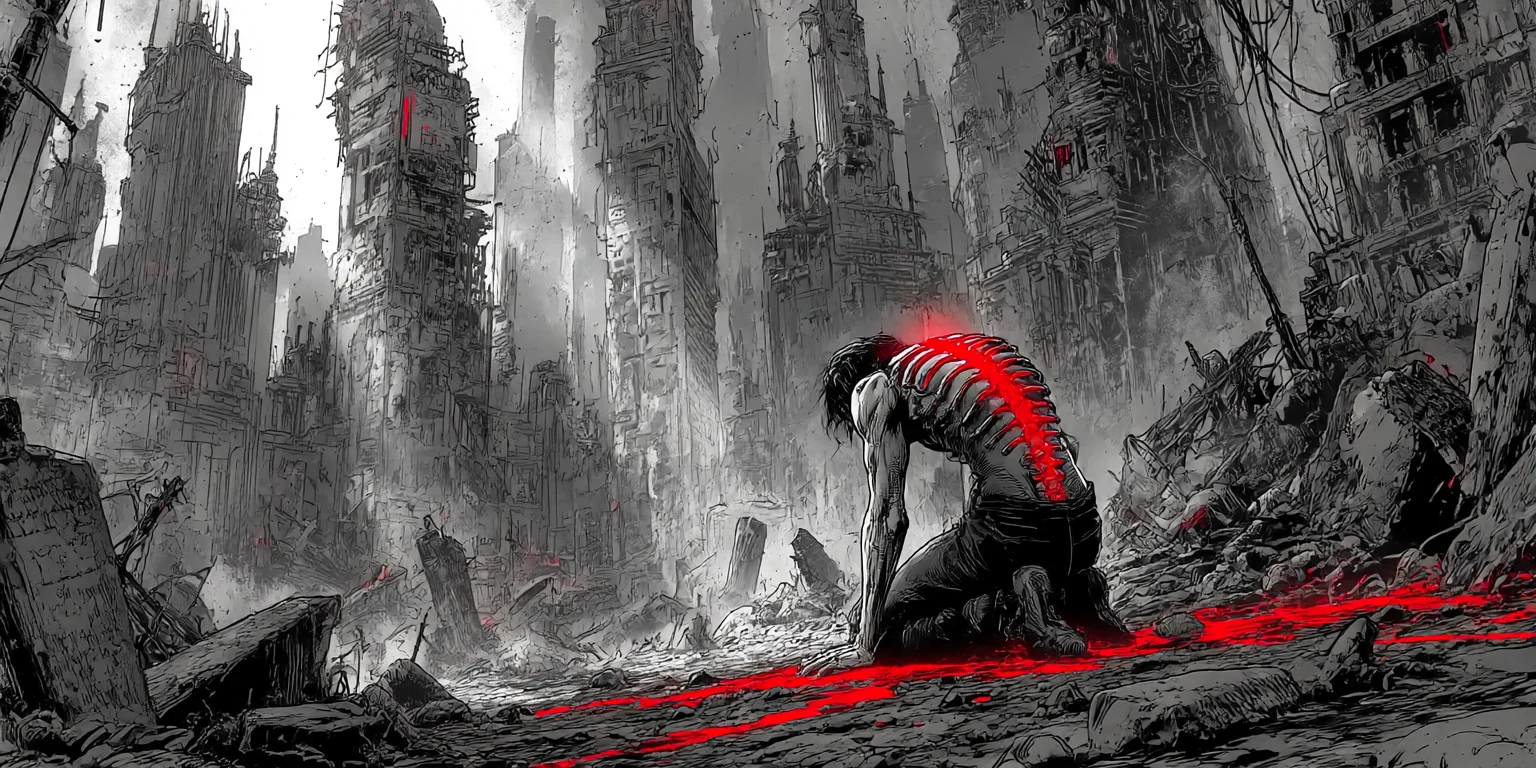
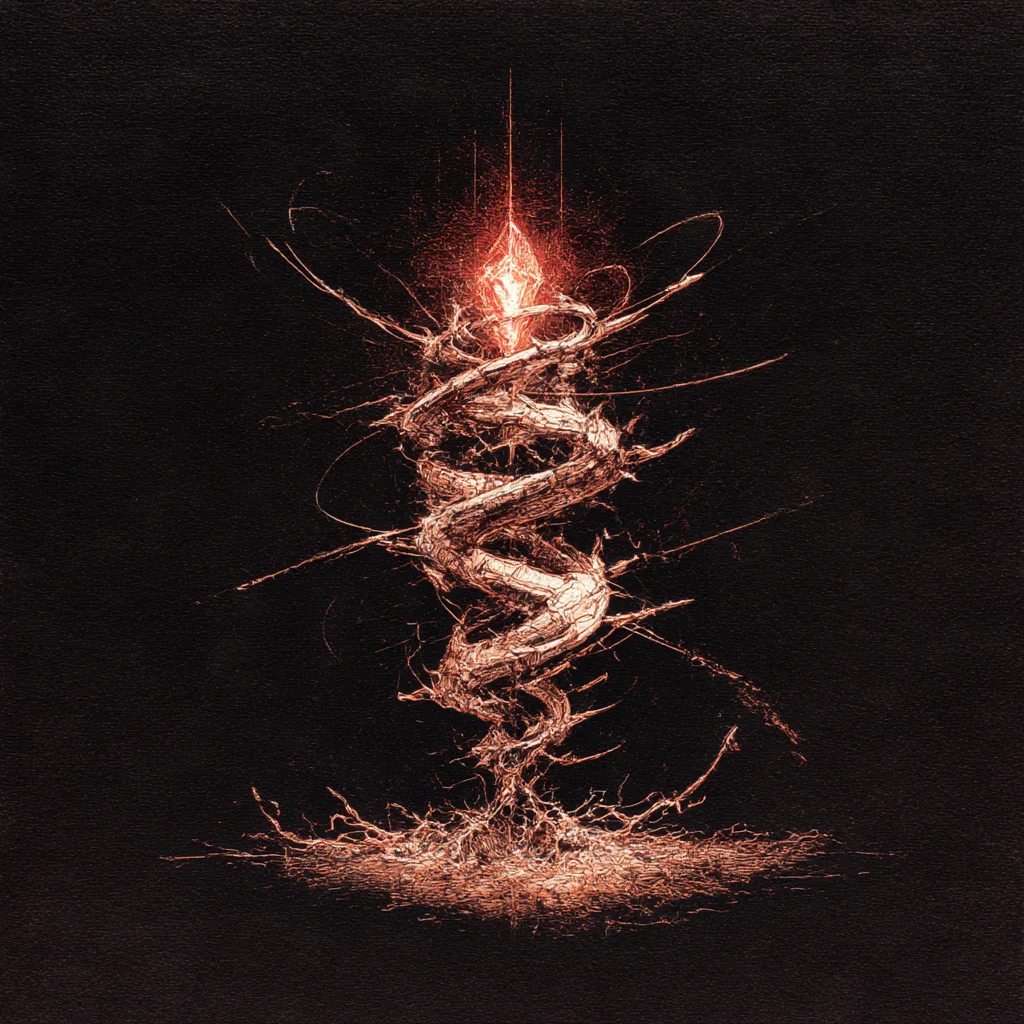
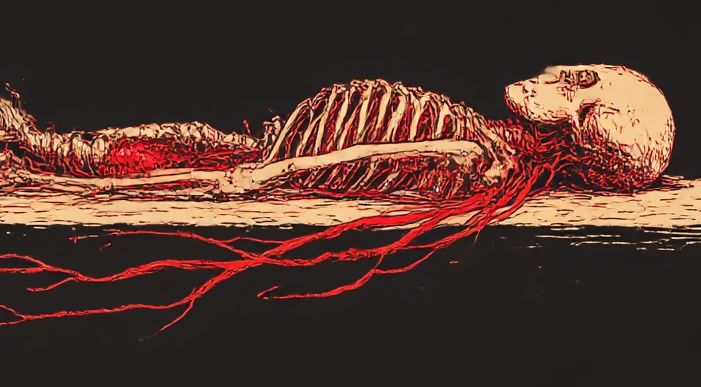
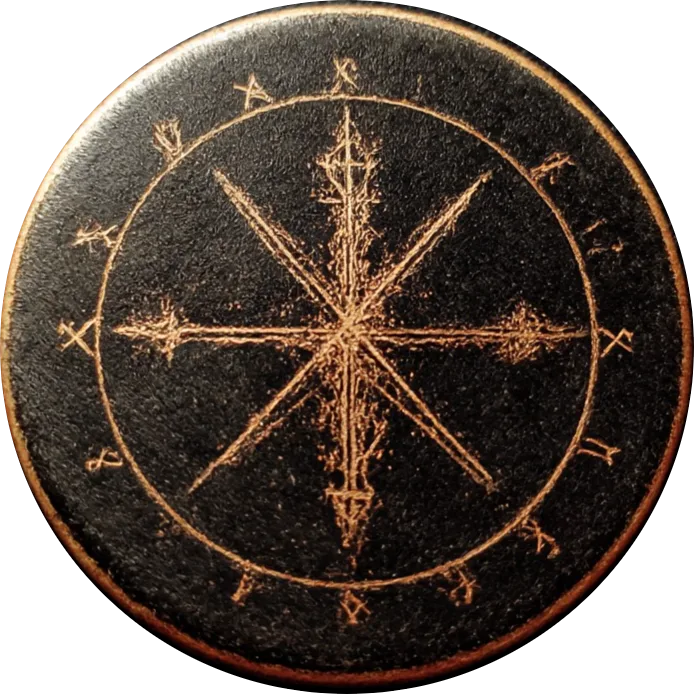
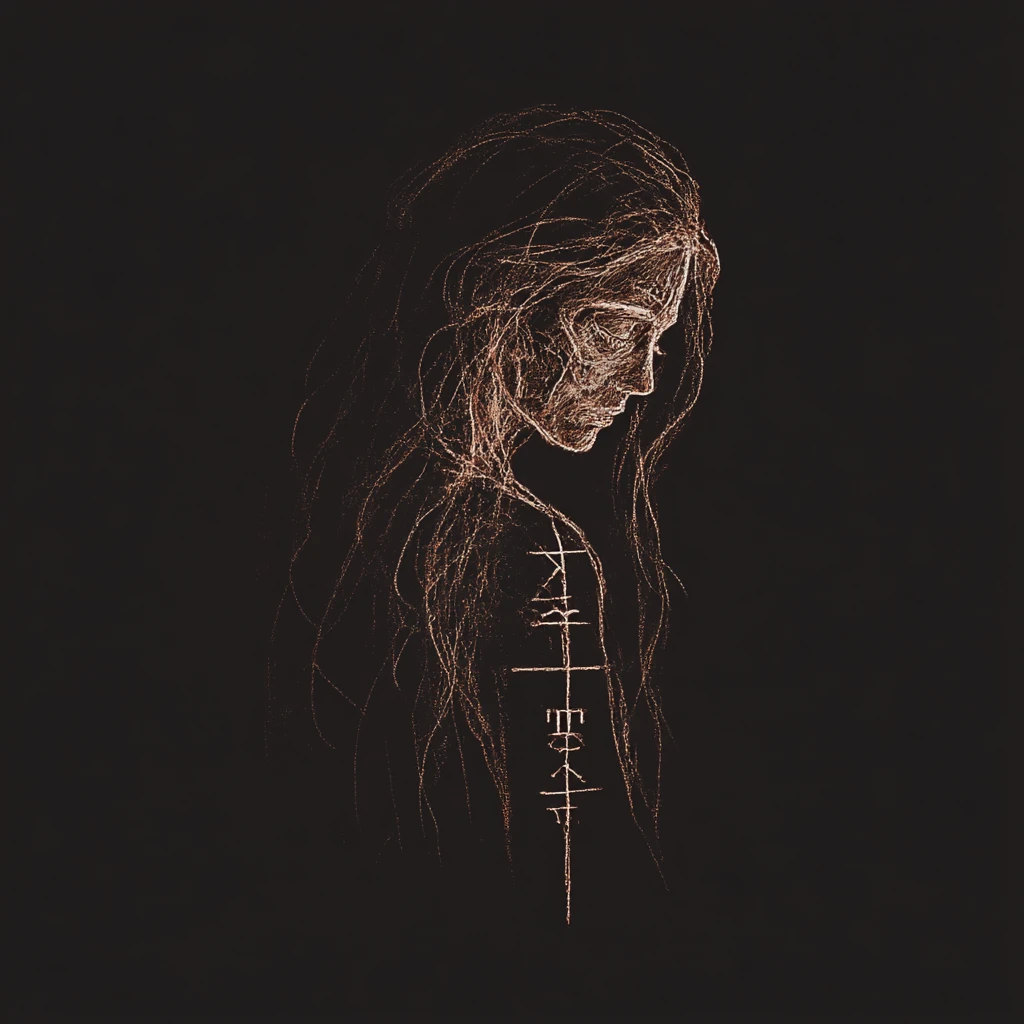
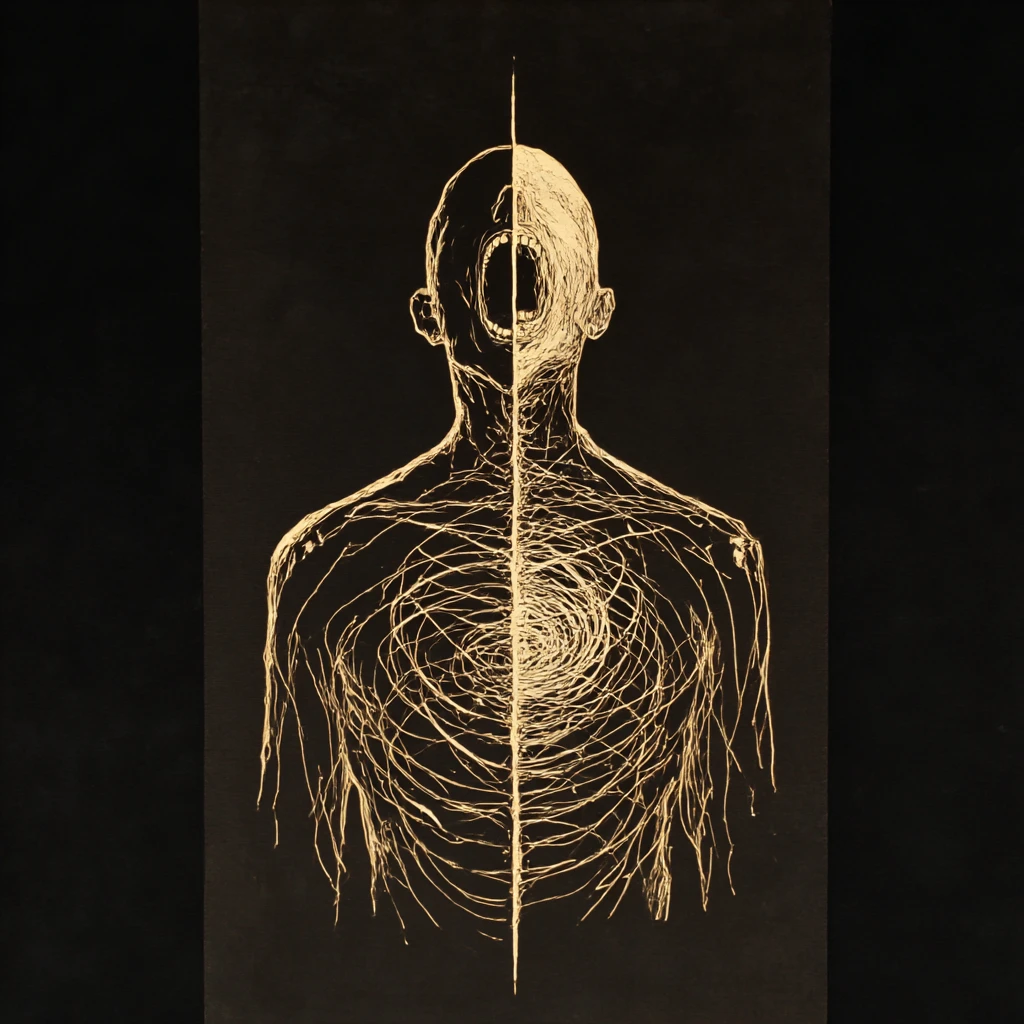






The cultural impact of this magical technology make me wonder how those who refuse to get one are viewed by their family and community. Are they criticized for not wanting to bring their family peace?
Oh, that is an intriguing question! As I am thinking it now, if they indeed have the means to get one and refuse, they would probably suffer some backlash for their decision. Ultimately, it would depend on the community though. But you gave me a great angle to think about this, CG! Thank you :)
No problem ^^